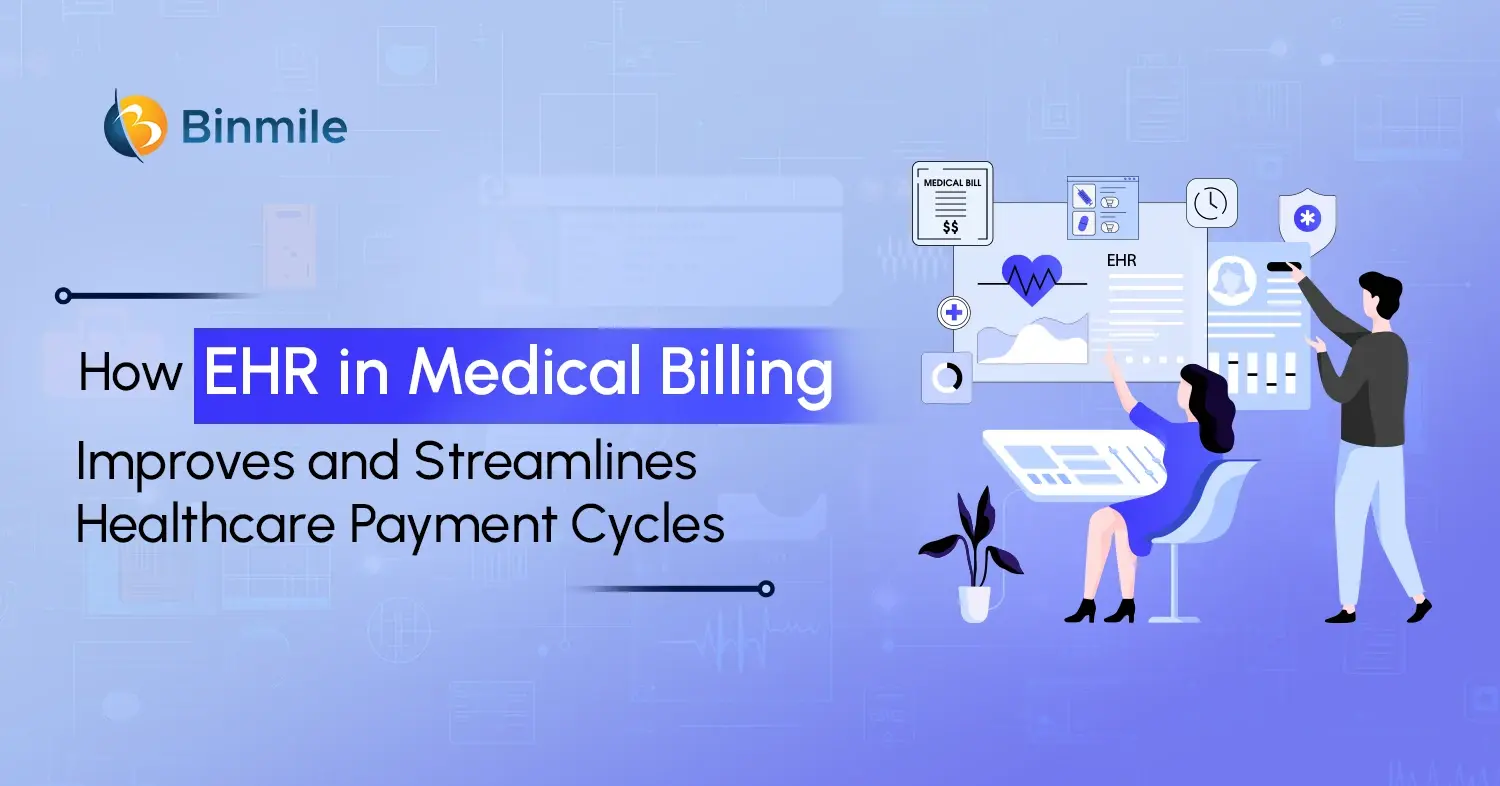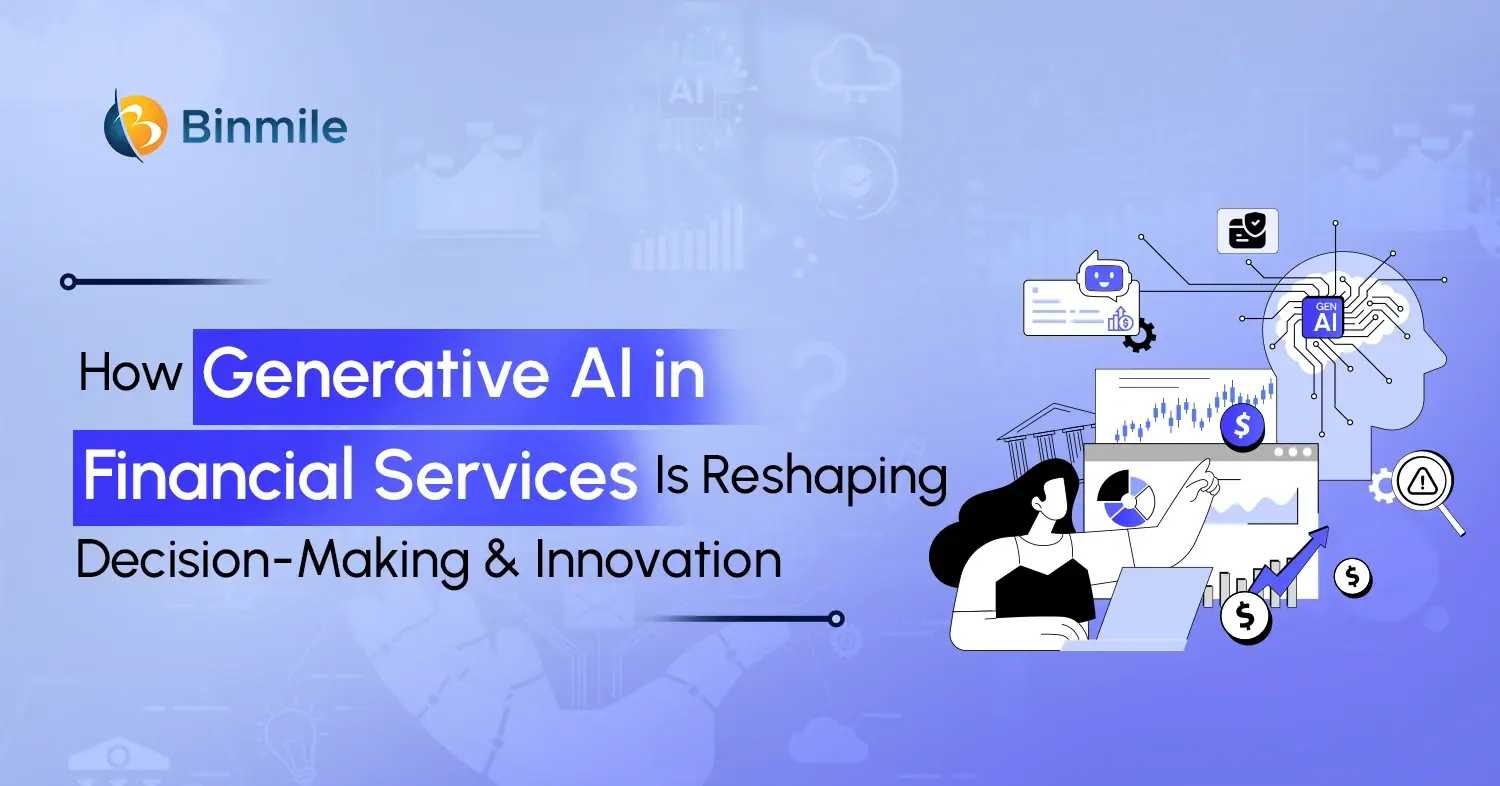- Benefits of Investment Platforms
- Best Investment Platforms
- cost of developing an investment platform
- How to Build Investment Platform Development
- investment development platform
- investment platform solutions for your business
- Must-Have Investment Platform Features
- Process to Build Investment Platform
- types of investment platforms
The financial world is evolving with the interaction of technologies such as AI in banking, cloud computing, or even blockchain. These tools empower investors to deliver valuable and secure customer experiences while staying competitive. Financial institutions are constantly searching for better ways to manage assets, analyze opportunities, and engage clients. One such empowering tool is an investment development platform.
From streamlining complex financial analysis to enabling personalized client experiences, investment mobile apps are revolutionizing how investment professionals operate and serve their clients. So, if you’re wondering about investment platform solutions for your business, this guide is for you. In this blog, we’ll explain what investment development platforms are and what challenges they solve. Plus, we’ll also explore key features to look for, share a list of the best investment platforms, and offer a step-by-step app development guide to help you plan better.
What are Investment Platforms Development?
An investment platform is a digital service or tool that allows investors to buy and hold a range of financial assets in one place and facilitates buying, selling, and managing these investments. From stock trading apps to complex equity crowdfunding portals, the purpose of these platforms is to simplify and streamline the investment process for all users, regardless of their experience level or capital size.
5 Types of Investment Platforms
- Online Brokerage Platforms: These platforms allow investors to buy and sell stocks, bonds, mutual funds, and ETFs. Examples include E*TRADE, Charles Schwab, and Fidelity.
- Robo-Advisors: Automated platforms that use algorithms to manage investment portfolios based on an investor’s risk tolerance and financial goals. Examples include Betterment and Wealthfront.
- Peer-to-Peer Lending Platforms: They connect borrowers with individual investors, allowing direct lending without traditional banks. Examples include LendingClub and Prosper.
- Electronic Trading Platform: It enables high-frequency traders to execute large volumes of trades across multiple asset classes with real-time data, low latency, and advanced algorithmic strategies. Examples include stock trading apps like Robinhood or Fidelity Investments.
- Real Estate Crowdfunding Platforms: These platforms enable investors to pool funds to invest in real estate projects. Examples include Fundrise and RealtyMogul.
Key Advantages of Utilizing Investment Platforms for Business Success
When you opt for investment platform development, remember that these are more than just software; they are essential tools to resolve the challenges faced by financial professionals every day. So, before we dive into the custom software development guide for your investment platform, let’s first understand what these obstacles are:

1. Data Fragmentation and Management
Investment professionals too often spend hours switching between different systems, spreadsheets, and data sources. Because decisions are made from varied information, problems of inconsistency and errors can occur. By using investment platforms, you get all of your data in one location for easy access.
2. Complex Regulatory Compliance
Ensuring compliance with legal requirements of both domestic and international markets is a crucial but time-consuming task for investment professionals. These platforms automate most of the compliance work, like GDPR fintech compliance, relieving your team from manual tasks and allowing them to focus on more productive activities, making them feel more efficient and productive.
3. Inefficient Client Communication
Clients today expect quick access to information and to be updated regularly about their investments. Traditional reporting methods often fail to meet these expectations. With investment platforms, apps, or systems, you can better communicate with clients, fostering stronger relationships and making them feel more connected and empathetic. User-friendly dashboards, frequent reports, and up-to-date information on the platforms all contribute to improved client satisfaction rates.
4. Limited Analysis Capabilities
Investment decisions require working with and analyzing a great deal of relevant data rapidly and correctly. For many professionals, it’s hard to do this analysis efficiently due to a lack of available resources. However, using analytics from these platforms can help you understand and use your data in a way that enables you to make better decisions and develop more effective strategies for your clients.
5. Scalability Constraints
Expanding your business is good, but failing to manage more clients and transactions efficiently isn’t. With growth in your investment business, it becomes harder to oversee both clients and transactions with the traditional reporting. With the help of automated systems and infrastructure in the cloud, you can scale up without needing to hire more staff or invest in additional resources, or without sacrificing your service quality.
Next-gen fintech solutions built for seamless transactions and uncompromising security—redefining the future of banking and investing!

Best Investment Platforms: Our Top Picks
eToro, an Israeli social trading and multi-asset investment company, offers features such as
- Copy trading allows users to mimic expert investors’ strategies.
- Wide range of assets, including stocks, ETFs, crypto, and commodities.
- Commission-free stock trading for cost-effective investing.
Zerodha Kite, an Indian trading and investment platform with essential features like:
- Zero brokerage on equity investments.
- Powerful charting tools & technical indicators for traders.
- Seamless integration with third-party apps for portfolio management.
E*Trade, an investment brokerage and electronic trading platform with features such as
- Advanced trading tools for active traders.
- Diverse investment options, including futures and bonds.
- Mobile-friendly platform with real-time market data.
Robinhood, an American financial services company that also provides an electronic trading platform with features
- No fees on stocks, ETFs, options, and cryptocurrency trades.
- Invest in stocks with as little as $1, making it accessible for beginners.
- Allows users to trade beyond regular market hours
Fidelity Investments, an online trading platform that offers features like
- Zero-commission trades on stocks, ETFs, and options.
- Comprehensive research tools for informed investing.
- High-yield cash management accounts for uninvested funds.
7 Steps on How to Build Investment Platform Development
If you’re planning to develop the best investment platform, it’s crucial to take a strategic approach, balancing compliance, scalability, and user confidence from the outset. Here are the following practical steps to help you design and launch an investment platform that meets the needs of modern users and adapts to a changing financial landscape.

1: Define Audience & Offering
A solid investment platform begins with clarity on who it’s for. Are you targeting first-time investors, active traders, or long-term planners? And what exactly are you offering: execution services, advisory automation, or managed portfolios? These decisions shape product architecture, regulatory scope, and how you approach risk. Without upfront clarity, you risk building inconsistently, adding features without cohesion or strategic direction.
2: Know Regulatory Requirements
Regulation isn’t something you add later—it’s built into the foundation. Licensing, KYC/AML protocols, and investor protections vary significantly by region and offering type. Bringing legal expertise in early ensures compliance is integrated into the product experience and not handled as an afterthought. Beyond legal safety, this approach strengthens onboarding, transaction handling, and long-term credibility.
3: Build on Secure, Flexible Tech
Technology decisions made early will either enable or restrict future growth. A cloud-native, API-first architecture allows for speed, modularity, and resilience. At the same time, security and compliance must be baked into the system, not layered on later. Real-time data handling, multi-platform access, and built-in audit trails aren’t luxuries—they’re prerequisites for the modern and best investment platforms.
4: Engage Ecosystem Partners
Investment platforms rely on a network of external services—from brokerages and custodians to pricing feeds and seamless payment settlement gateways. These integrations power trade execution, asset custody, and fund transfers, which are core functions that define platform efficiency. But integration alone isn’t enough. Partner maturity, service-level guarantees, and regulatory alignment all shape performance and reliability. These partnerships form your operational backbone—choose wisely.
5: Ensure Secure User Flows
Understanding how users move through your platform, what they need, and how you can guide them to where they want to go. It’s essential to design engaging and secure user flows that not only help your visitors but also boost your overall user experience. Onboarding, verification, and transactions should be intuitive yet defensible. That means secure authentication, real-time monitoring, and transparent data practices need to be in place from day one. When done well, the user barely notices, but the platform remains fully compliant and trustworthy.
6: Develop a Scalable Portfolio
Supporting a wide range of investor types requires more than portfolio allocation tools. You’ll need robust performance tracking, dynamic risk profiling, and eventually features like tax optimization or scenario simulations. A modular risk framework gives you the flexibility to adapt without rebuilding. Scalability here isn’t just about infrastructure—it’s about evolving with user needs.
7: Monitor Growth for Maximum Value
No product is finished at launch. Continuous feedback loops are essential for monitoring platform performance, analyzing user behavior, and rolling out improvements. Whether refining UX, expanding asset support, or introducing features like ESG metrics, every enhancement should be grounded in user data and long-term value creation. The most sustainable platforms don’t just launch strong, they evolve deliberately.
Build a high-performance investment platform with real-time analytics, gamification & secure trading features tailored for frictionless transactions and smarter investing.

Must-Have Investment Platform Features That Drive Growth & Investor Confidence

- User-Friendly Interface Offers: When you have an intuitive design, it ensures smooth navigation and accessibility.
- Robust Security Measures: With advanced encryption and authentication methods, you can effectively safeguard user data.
- Real-Time Portfolio Tracking: Live updates provide instant insights into investment performance.
- Automated Investment Tools: AI-powered algorithms optimize investment decisions efficiently.
- Comprehensive Reporting and Analytics: Detailed insights help users make informed financial choices.
- Regulatory Compliance and Transparency: Adherence to industry standards fosters trust and legitimacy.
- Multi-Asset Support: Enables investments across diverse asset classes for better diversification.
- Seamless Onboarding and KYC Integration: Streamlined verification enhances user experience and compliance.
- Responsive Customer Support: Dedicated assistance ensures swift resolution of queries and concerns.
- Educational Resources and Market Insights: Informative content empowers users with financial knowledge.
How Much Does an App Development Cost For an Investment Platform?
The cost of developing a FinTech app varies based on complexity, features, and even security requirements. However, on average, the cost of developing an investment platform will range between $40,000 and $200,000 or more.
| App Type | Features | Estimated Cost |
|---|---|---|
| Basic platform | essential features like stock trading, user authentication, and basic analytics | $50,000 to $100,000 |
| Mid-range platform | advanced functionalities like AI-driven insights, portfolio management, and multi-asset trading. | $90,000 to $200,000, or more |
| High-end platform | comprehensive solutions with automation, compliance integrations, and high-security measures. | $200,000+ |
Innovating Investment Platform With a Feature-Packed Application: Key Insights to Know
One of the leading investment partner companies in Indonesia was looking to develop a trading platform for stocks and mutual funds that enabled seamless stock transactions based on the dynamic market rate. The client approached Binmile for full-stack mobile application development, DevOps implementation, and quality assurance. Additionally, the client requested that various functionalities be added to enhance the overall user experience of the application.
With Binmile’s expertise, Siminvest successfully developed and launched a user-friendly and feature-rich mobile trading platform that met the demands of the dynamic stock market. How we did, what we did:
- Developed a super app for seamless trading and investment, tailored for millennials and Gen Z.
- Implemented advanced features such as biometric login & touch ID for enhanced security and user authentication.
- Enabled real-time stock prices & fast order execution, and for a smooth trading experience.
- Integrated gamification features like Starpoints & Saldo RDN to incentivize trading, and designed an intuitive and engaging interface to keep users informed and hooked.
- To improve investment tracking and offer secured investment activities, we added watchlists and price notifications and ensured KYC verification and live-status checking.
Impact in Numbers:
- Improved development speed by up to 45% using Agile
- Delivered a super stable application with negligible issues
- Introduce an Automation pipeline for regression to minimize manual effort by 50%
- Improved delivery cycle by 50% by using Automation and CI/CD pipelines
- Adopted DORA Metrics to maintain Speed, quality, and stability
- Successfully delivered a fully functional application within 8 months of project onboarding.
Looking for a go-to-market strategy backed by fintech domain expertise? Let’s discuss your investment roadmap!









